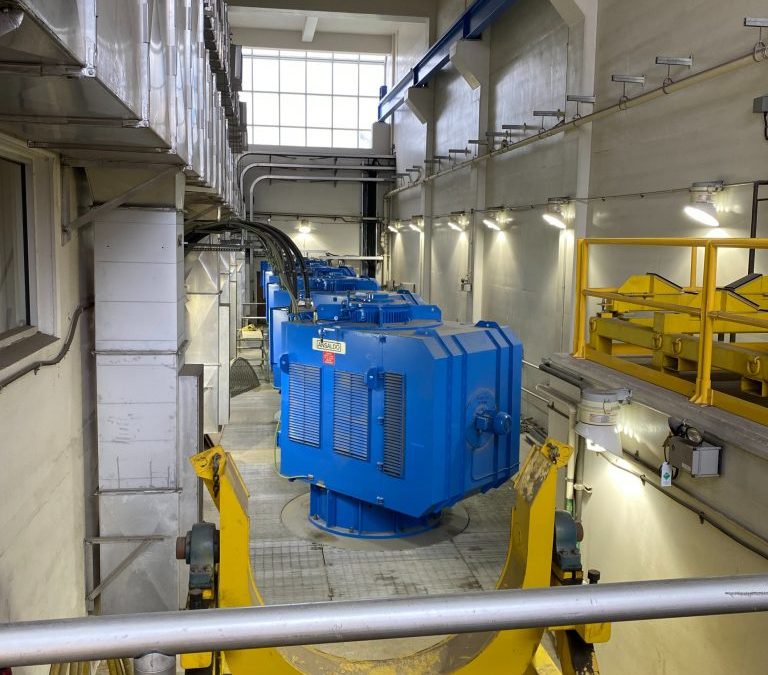Andrew Soo
Andrew Soo is a 3rd year Biology student graduating from Capilano University. After graduation, he plans to work in environmental studies focusing on restoring the ecosystems that we live in. In the future, he also wants to work in finding solutions to combat climate change.
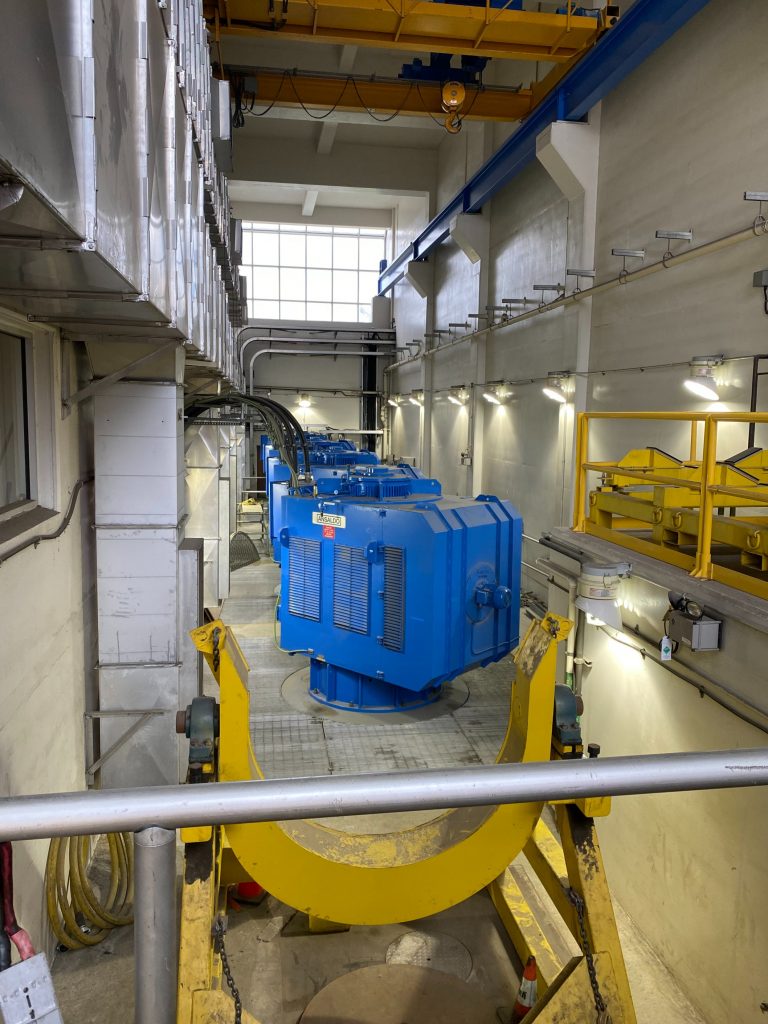
Rising levels in the ocean caused by melting glaciers not being able to replenish the water being held during a yearly cycle. Exponentially increasing amount of greenhouse gas in our atmosphere. The 6th mass extinction our world’s ecosystems currently experience with estimates of 1 million species being extinct by 2050 (Leahy, S. 2021, May 3). These global issues are not some problem that we can put a band-aid on. Replacing petrol with electric cars or hiding from the summer heatwave inside of our air-conditioned homes only masks the bigger issues that we have. Climate change does not care about dividing factors. Climate change holds everybody prisoner. With greenhouse gases constantly increasing in our atmosphere, the number of issues we see in our ecosystems will also increase. Solutions need to be focused on if we want life on our planet to survive. This essay will be looking at algae’s ability to combat climate change by sequestering carbon and looking at the potential benefits while acknowledging the limitations and drawbacks to using algae at a mass scale for commercial use.
Environmental sustainability has been important to me for my entire life. Growing up in Vancouver, nature has always been right outside my door. Enjoying the outdoors is something that I looked forward to every single day regardless of the weather outside. Over my academic career, I have gathered a deeper understanding of the interactions earth’s components have with each other. I have gained understanding of the effects modern technology and humankind have had on earth’s surface and atmosphere. With increasing rates of forest fires and record high temperatures in Vancouver in 2021, the areas climate change affects are non-discriminatory. These climate issues we all experience will only continue to worsen unless the issues are addressed at their roots. These issues all point towards a constant increase in greenhouse gas. In our current industrialized world, a real plan of action to recycle our by-products to prevent a constant flux of gas into our atmosphere is absolutely necessary in restoring and sustaining life on earth.
There are approximately 50 billion tons of carbon dioxide equivalent (CO2e) produced in our world every year (Ritchie, H., & Roser, M. (2020, May 11). These gases are the by-products of almost every major industry in the modern world. Fossil fuels, lumber and agriculture are just a few of the major industries that are essential in our economy that produce alarming levels of CO2e. Depending on where you are in the world, electricity as an energy source is still partially produced by fossil fuels. In Canada, 9.5% of electricity is generated by fossil fuels (About Electricity. Government of Canada. 2020, June 15). Fossil fuels are particularly harmful in our atmosphere as once the fuel is combusted, a number of different aerosol particles like lead and gases such as carbon monoxide, carbon dioxide, and nitrogen dioxide are released. The by-products fossil fuels exude create permanent air pollution in our atmosphere and promote climate change. This is in comparison to natural gases’ by-products of water vapour and carbon dioxide. Carbon dioxide is not a dangerous gas when recycled; however, the prolonged effects carbon dioxide emanates include an increase of heat being trapped in the atmosphere and acidification of the oceans.
How can we go about reversing climate change while looking towards the future at the same time? A solution being focused on by many scientists around the world involves algae as a carbon sequestering organism. A study by Sylvia Hurlimann showed that algae is able to sequester carbon at a rate of twenty times per acre than land forests (Hurlimann, S. 2019, July 4). These kinds of solutions are not without their fair share of limitations. As Newton’s Third Law states, “every action has an equal and opposite reaction.” The same rule applies in this case. For example, in the same study done by Sylvia Hurlimann, they state that algae can be sunk to the deep sea to decrease CO2 on the surface; however, what was not taken into consideration were the potential effects following this method. Unless algae’s nutrients are fully consumed, sinking excessive amounts of nutrients into the ocean will only lead to an increase in acidification of the ocean. An example of a chain reaction to this solution could be that the higher acidity in the oceans decreases the pH in the water, leading to less carbonate ions in the water. Carbonate ions are essential for organisms like molluscs who heavily rely on the ions that help to form their shells. Applying sequestering methods at a scale necessary to combat climate change in nature creates an infinite number of possibilities unless every potential reaction is accounted for. Combating climate change by manipulating ecosystems is not the answer. Without being able to meet all standards an ecosystem demands; introduction of new organisms alongside an influx of nutrients can lead to irreparable damages. Taking into consideration all potential reactions is the only way to apply this method to an established ecosystem. This type of method is not realistic. Too many factors have to be accounted for and any errors could lead to unbalancing an equilibrated ecosystem.
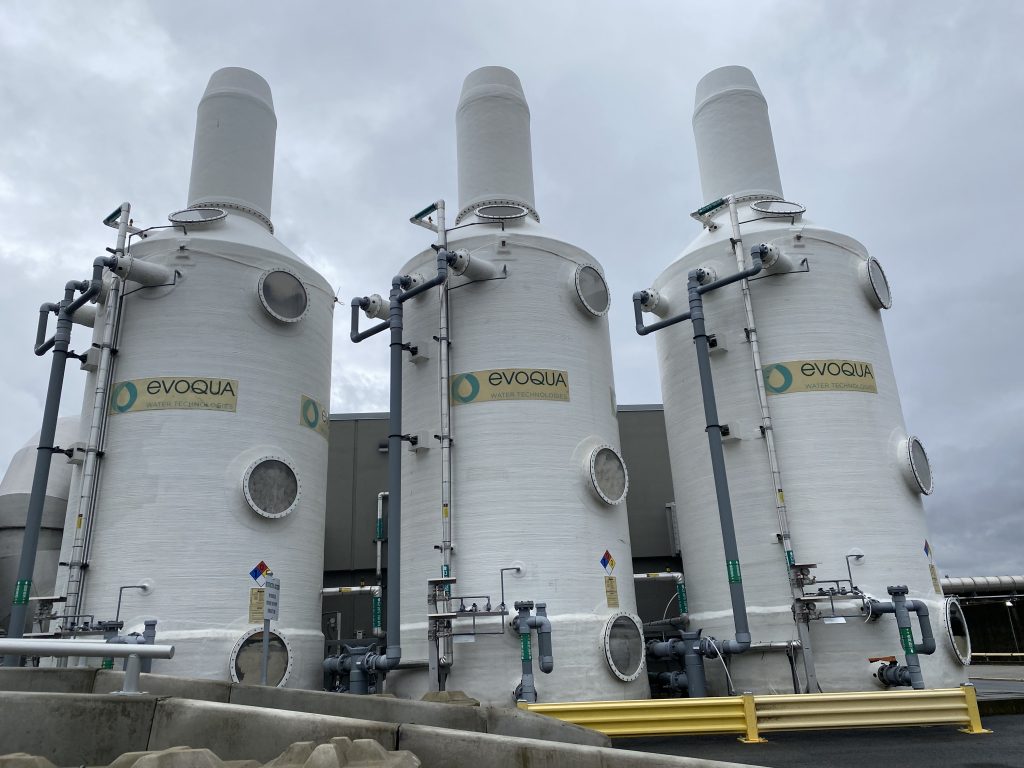
Studies done by Metro Vancouver includes integrating wastewater and algal carbon capture together. Since these environments employ closed system methods, the surrounding ecosystems can be left unscathed. The laboratory cultivations have not been officially peer-reviewed so the results cannot be used as confident certainties. However, what the studies showed was that algae being grown with the effluent from the treatment plant significantly increased in growth rates. Nutrient recovery of nitrogen and phosphorous were completely recovered signaling an efficient growth rate by the algae. What the study also showed was that effluent can be used as a strong fertilizer to promote algae growth. Using human waste to boost growth of carbon sequestering organisms like algae demonstrates how we are able to combat climate change while also manufacturing methods to reuse nutrients in our world.
I had an interview with the Operations Engineering Program Manager at the Greater Vancouver Regional District (GVRD) Wastewater Treatment Plant. The work they do involves the management and processing of effluent. They told me that they deal with the sewage of approximately 1.5 million people. The plant consists of a series of steps that converts the waste into consumable nutrients for soils. 96% of the organic matter that is received at the treatment plant is turned into renewable resources of either biosolids or gas. The biosolids are used to grow food for human consumption and the gases are used to help power the plant. The main biosolid product created is called Nutrifor. Nutrifor is a non-chemical based fertilizer created from the waste materials humans produce. By-products the treatment plant releases are greenhouse gases such as methane and carbon dioxide. Algae can play a crucial role in controlling the amount of CO2 emitted. Algae’s other requirements such as light, nitrogen, and phosphorous can also be fulfilled from the effluent and outdoor setting of the treatment plants. In Vancouver, artificial lighting may be necessary during some parts of the year. Due to these natures, algae that is being grown in a controlled environment with a constant supply of gas and nutrients from the waste material would create a perfect complement to the already established systems in place to handle human waste.
If we were to implement this algae growth technology into our world, figuring out how to distribute the product is another step that must be taken into consideration. Studies around the globe have proposed multiple ideas that can possibly be used. Some suggest the use of algae for biofuels; others propose the use for fertilizer or even for food. Of course, each solution has its limitations so I will be looking into all these studies individually.
To start, a study on algae’s ability to be used as a biofuel was conducted by Slade and Bauen. Their reasoning for the study was to find alternative fuels that have the potential of replacing the use of fossil fuels. The benefits of using algae as a biofuel include a sustainable energy source that can be grown through carbon sequestering. This is an enormous benefit for battling climate change as an energy source that can be created in controlled environments requires less resources to develop and has the potential for the carbon output to be net zero.
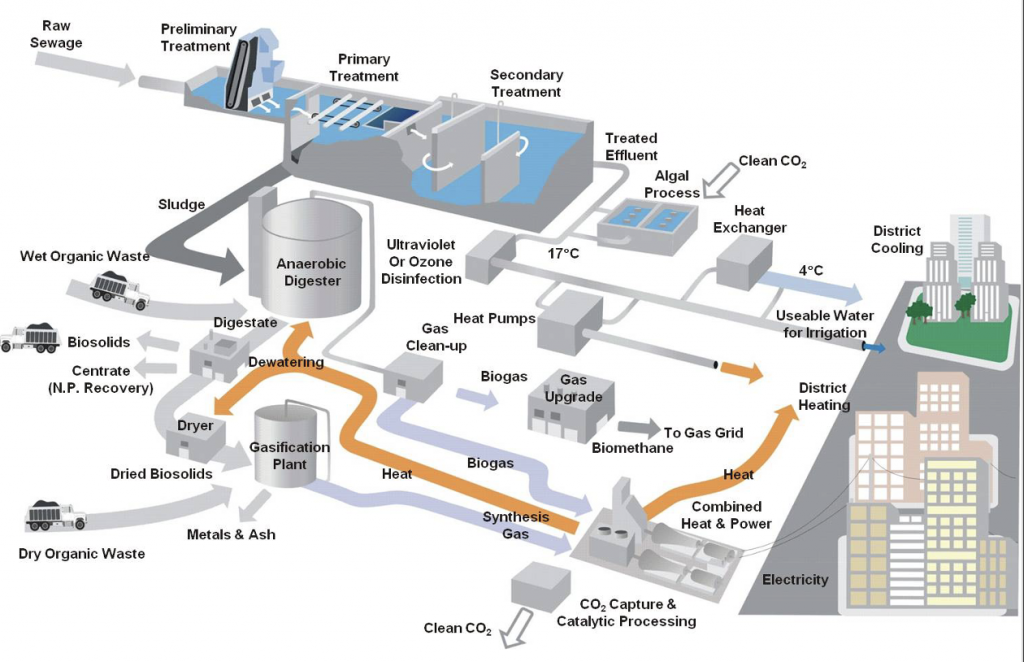
Picture credits: Metro Vancouver
However, the limitations including “energy required for pumping, the embodied energy required for construction, the embodied energy in fertilizer, and the energy required for drying and de-watering” (Slade, R., & Bauen, A. 2013) shows the processing steps necessary to consider this proposal. The technology is limited by the cost to implement these systems into them. Creating enough fuel necessary to replace the use of fossil fuels is another limiting factor to consider. To consider the use of algae as a biofuel, its potential energy must be more than the amount of energy put in. According to the study done by Slade and Bauen, 11 different published values of algae’s net-energy ratio (NER) were shown. Of the 11 different studies, 6 of the studies had results of the NER less than their initial input (Slade, R., & Bauen, A. 2013). These numbers indicate that the use of algae as a biofuel is possible. However, algae’s ability to perform as a biofuel is heavily limited by its energy density. Algae is not as energy dense as fossil fuels such as diesel and petrol. Algae’s energy density rates between 20-25MJ/kg (Goldenstein, C. 2011, November 15) whereas the likes of diesel and petrol are 45 MJ/kg and 46 MJ/kg respectively.
Finally, another limiting factor is the expensive infrastructure that must be developed to further apply the technology at a scale that is able to produce the demands for commercial use. Algae can be used as a biofuel, but it must be financially beneficial for companies due to the monetary nature of our world.
Next, using algae as a fertilizer can also have many benefits. The algae can be mixed in conjunction with already established soils to increase the soil’s fertility for agricultural practices.
Different strains of algae provide different kinds of nutrients for soils. The different algae strains would be able to supplement specific nutrients into a person’s soil. Replacing chemical fertilizer with algae as a biofertilizer is more cost effective, environmentally friendly, and renewable. (Ammar, E. E., Aioub, et al. 2022, March 19). Biofertilizer as a replacement to chemical fertilizers would create environmentally friendly alternative to the use of environmentally damaging chemical fertilizers. Not only could this create a carbon zero solution for our planet, long-term effects from chemical fertilizer on the soil would then be negated. However, as I have mentioned previously, there are always some kind of negatives to account for. First and foremost, the number of resources necessary to grow algae at comparable rates to that of chemical fertilizer restricts how effective this method can be. To grow algae at a scale necessary for growth, the sheer number of resources such as money and time cannot be overlooked. To convert already established industries takes years. Incentives for farmers to use these products are also required. At the end of the day, farmers are trying to make money, and if using biofertilizer is not financially beneficial for them, switching over becomes a tougher task. Developing new norms in already established industries becomes increasingly difficult when economic benefits are not profitable for people; finding ways to make biofertilizer cheaper and equally or better than chemical fertilizers is the key to helping climate change and humans alike.
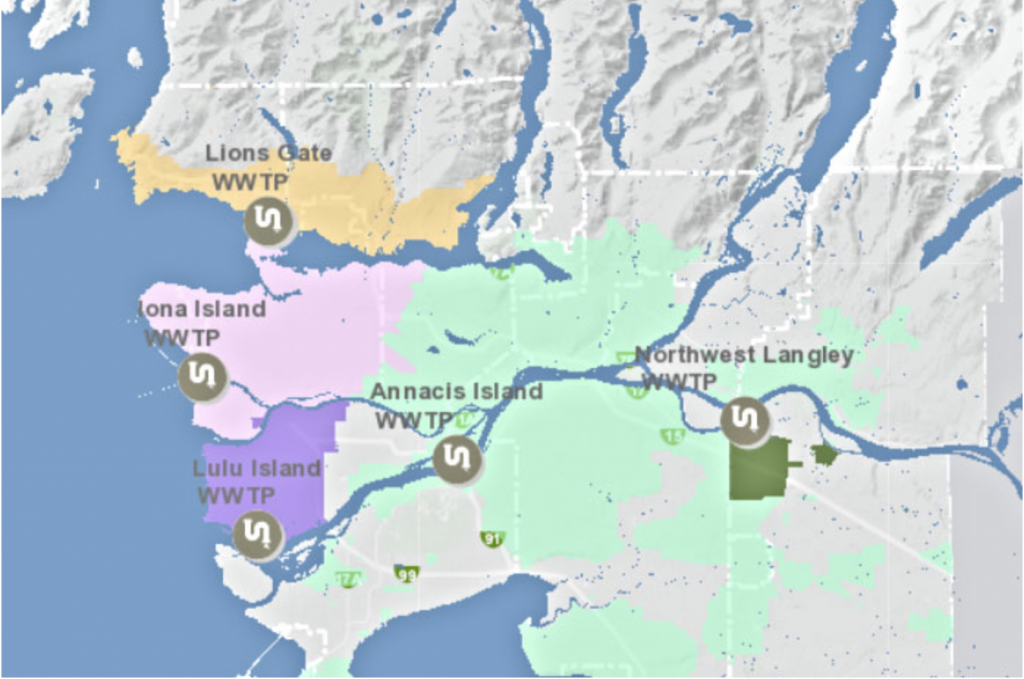
Picture credits: Metro Vancouver
The best solution to integrate algae into our world becomes increasingly difficult if the product simply is not as good as its counterparts. Nonetheless, our world needs help as our global climate is trending towards ecological destruction if real change is not implemented. I believe that integrating algae farms into wastewater treatment plants can be financially beneficial while also creating methods to reduce our greenhouse gas output in the world. As humans are not going anywhere in the near future, our constant production of waste materials establishes strong foundations for algae to be grown from. Algae’s requirements can all be met at a mass scale from our waste material and the resources are able to be recycled and by-products sequestered. Algae may not be as energy dense as fossil fuels, but fossil fuels cannot be grown. Adapting to a lifestyle where renewable resources become the norm in our world is beneficial to environmental activists and companies alike. Implementing algae into our industrialized ecosystems is favourable for everybody in the long haul. With Metro Vancouver already turning wastewater into Nutrifor, I believe that biofuels are the next step in reusing our resources. I believe that this is the best plan of action as transportation of goods is a necessity in our world. In Canada, 27% of the greenhouse gas emissions are from transportation. (Links between fuel consumption, climate change, our environment and health. Government of Canada. 2016, September 20). This is why it is imperative to convert the transporting industry’s consumption of fuel to renewables. The decarbonizing of an entire industry would significantly assist in the battle for climate change all while still being able to support the necessity of the industry.
Consumable energy is a fundamental part of the world we live in. Between our personal vehicles, heating our homes, and the internet; these are just some of the things that we rely on in our day-to-day lives. Everything that we use consumes some form of energy. Between natural gas, fossil fuels, and electricity, energy is constantly being used in our world. Algae as a biofuel alongside electricity and natural gas as three main energy sources would create a sustainable world and support our lifestyle as well as minimizing ecological damage to the world that we live in. Developing technology that allows us to consume and renew energy provides long-term stability for some of the major industries in our world. Biofuels are versatile and can be used wherever fossil fuels are currently being used. Algae is also proven in its ability to reduce carbon in our atmosphere substantially and efficiently. The science is there to suggest algae can assist our globe in significantly reducing our carbon footprint while providing a valuable resource that humans can benefit from. Fossil fuels are so readily available that accelerating a change in the right direction requires more than just the science backing it. The political powers must be on board for issues like this to be addressed. Reversing the damages that we have done on our planet are not as simple as implementing clean energy into our system. Many other issues regarding climate change must also be addressed; but I strongly believe that converting the way we consume our energy is a big piece to the puzzle.
Sources:
Hurlimann, S. (2019, July 4). How Kelp Naturally Combats Global Climate Change. Science in the News. Retrieved March 27, 2022, from https://sitn.hms.harvard.edu/flash/2019/how-kelp-naturally-combats-global-climate-change/?web=1&wdLOR=c4BED9D4F-5AA5-B245-84AF-BC7789D884D1
Ocean acidification. Ocean acidification | National Oceanic and Atmospheric Administration. (n.d.). Retrieved April 12, 2022, from https://www.noaa.gov/education/resource-collections/ocean-coasts/ocean-acidification
Slade, R., & Bauen, A. (2013, January 24). Micro-algae cultivation for biofuels: Cost, Energy Balance, environmental impacts and future prospects. Biomass and Bioenergy. Retrieved April 2, 2022, from https://www.sciencedirect.com/science/article/pii/S096195341200517X
Ammar, E. E., Aioub, A. A. A., Elesawy, A. E., Karkour, A. M., Mouhamed, M. S., Amer, A. A., & EL-Shershaby, N. A. (2022, March 19). Algae as bio-fertilizers: Between current situation and future prospective. Saudi Journal of Biological Sciences. Retrieved April 2, 2022, from https://www.sciencedirect.com/science/article/pii/S1319562X22001759
Goldenstein, C. (2011, November 15). Algae Energy Costs. Retrieved April 2, 2022, from http://large.stanford.edu/courses/2011/ph240/goldenstein1/
Links between fuel consumption, climate change, our environment and health. Government of Canada. (2016, September 20). Retrieved April 2, 2022, from https://www.nrcan.gc.ca/energy/efficiency/communities-infrastructure/transportation/idling/4419
About Electricity. Government of Canada. (2020, June 15). Retrieved April 2, 2022, from https://www.nrcan.gc.ca/our-natural-resources/energy-sources-distribution/electricity-infrastructure/about-electricity/7359
Leahy, S. (2021, May 3). One million species at risk of extinction, UN Report warns. Environment. Retrieved April 2, 2022, from https://www.nationalgeographic.com/environment/article/ipbes-un-biodiversity-report-warns-one-million-species-at-risk
Ritchie, H., & Roser, M. (2020, May 11). Greenhouse gas emissions. Our World in Data. Retrieved April 2, 2022, from https://ourworldindata.org/greenhouse-gas-emissions
